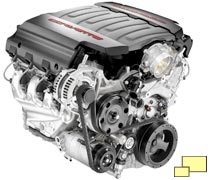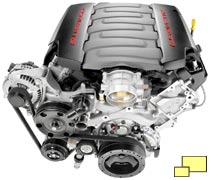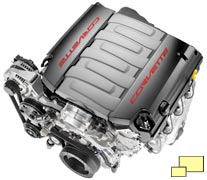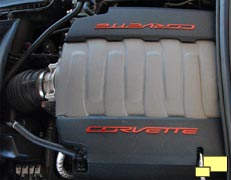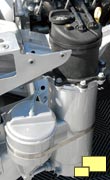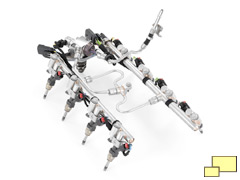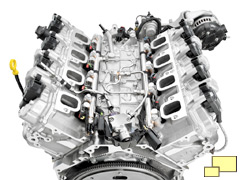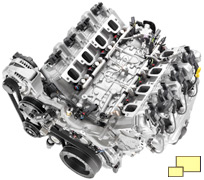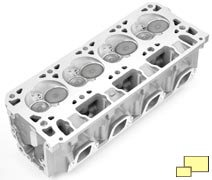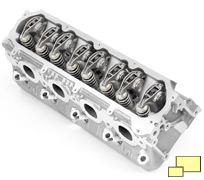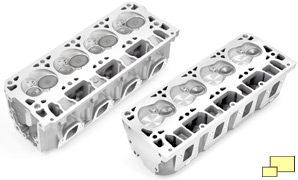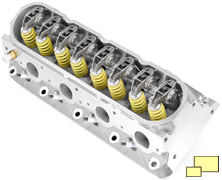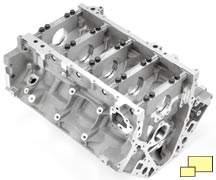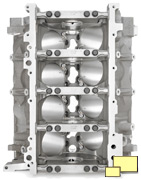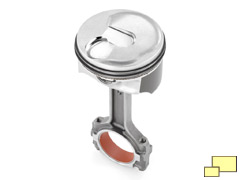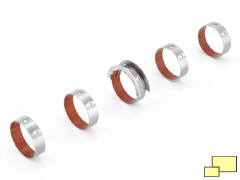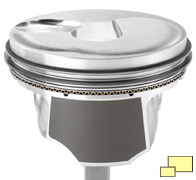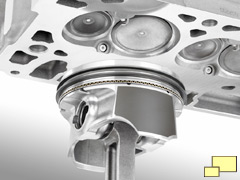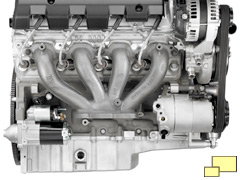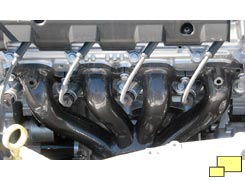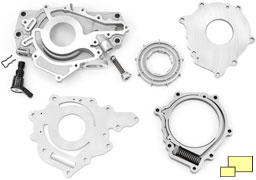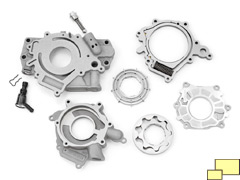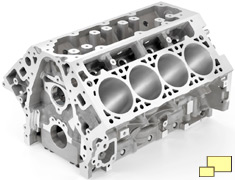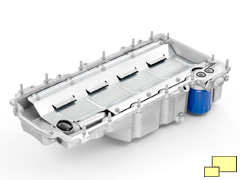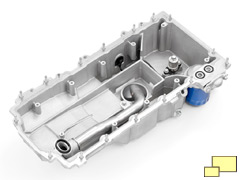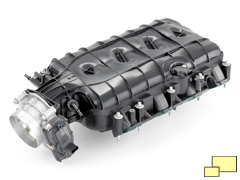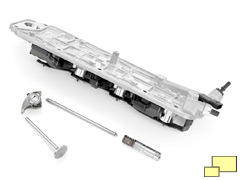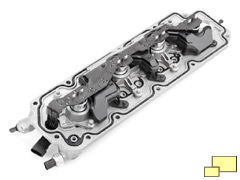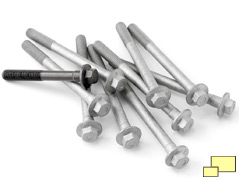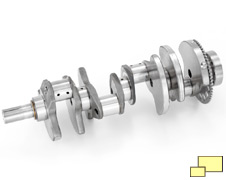Corvette Generations:
C1 C2 C3 C4 C5 C6 C7 C8
Corvette: Year by Year
1953 1954 1955 1956 1957 1958 1959 1960 1961 1962 19631964 1965 1966 1967 1968 1969 1970 1971 1972 1973 1974
1975 1976 1977 1978 1979 1980 1981 1982 1983 1984 1985
1986 1987 1988 1989 1990 1991 1992 1993 1994 1995 1996
1997 1998 1999 2000 2001 2002 2003 2004 2005 2006 2007
2008 2009 2010 2011 2012 2013 2014 2015 2016 2017 2018
2019 2020 2021 2022 2023 2024 2025
Corvette C7 Engine Details
Above: Three views of the 2014 Corvette C7 engine. Photos are of the LT1 engine without the Z52 dry sump oil system as evidenced by the oil filler cap and dipstick. Below left: 2014 Corvette C7 engine, installed and including the Z52 option; notice the lack of an oil filler cap and dipstick. Both items are part of the 11.5 quart dry sump tank which is separate from the engine but mounted in the engine compartment.
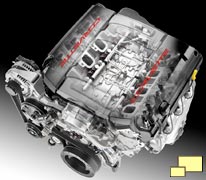 Left: Direct injection fuel system. Middle: Direct injection as installed in the block valley; rear view of LT1 engine. Note the fuel pump in the foreground. The fuel pressure it is responsible for is considerable; 2,175 psi as compared to less than 100 psi for standard fuel injection systems. The fuel pump is located in the block valley to keep the noise it produces under control - "Acoustic Encapsulation" is the technical term. The direct injectors flow 22.0 cc/s @ 10 MPa. Right: Direct injection as installed in the block valley; front view of LT1 engine
Left: Direct injection fuel system. Middle: Direct injection as installed in the block valley; rear view of LT1 engine. Note the fuel pump in the foreground. The fuel pressure it is responsible for is considerable; 2,175 psi as compared to less than 100 psi for standard fuel injection systems. The fuel pump is located in the block valley to keep the noise it produces under control - "Acoustic Encapsulation" is the technical term. The direct injectors flow 22.0 cc/s @ 10 MPa. Right: Direct injection as installed in the block valley; front view of LT1 engine
Left: 2013 LS3 cylinder head, valve view; Middle: 2014 LT1 cylinder head, valve view. Right: 2014 Corvette combustion chamber. Note the direct injection injector opposite the spark plug.
2014 Chevrolet Corvette LT1 cylinder heads (left) and 2013 Chevrolet Corvette LS3 cylinder heads (right) compared. As with the original 1955 265 cubic inch engine, the right and left cylinder heads are interchangeable.
Engine block, bottom views, crankshaft removed. Left: Front view. Right: crankshaft view with piston cooling oil jets which are standard on all C6 and C7 Corvette engines. The oil spray reduces piston temperature, increasing output and long term durability. The extra layer of oil on the cylinder walls and wrist pins also dampens noise. For optimal efficiency, the oil jets are used only when they’re needed the most: at start-up, giving the cylinders extra lubrication enhancing the engine’s durability and at higher engine speeds when the engine load demands it.
Left: Corvette C7 LT1 piston. Note the direct injection "fuel bowl" in the middle and the valve relief. Middle: Piston / head / valve physical relationship. Right: C7 LT1 (left) and C6 LS3 (right) piston and connecting rods.
The LT-1 uses a cast version of the "four-into-one" short-header exhaust manifold design used on the Gen 4 LS7 engine. The cast header passages enable consistent exhaust flow into the “wide mouth” collector at the catalytic converter.
Left: Corvette LT1 wet sump (standard) oil pump; middle: dry sump (Z52 option) oil pump. Right: Water pump.
Left: M12 cylinder head bolts, up from M11 in the 2013 LS3 motor. Right: 2014 Corvette LT1 crankshaft.




